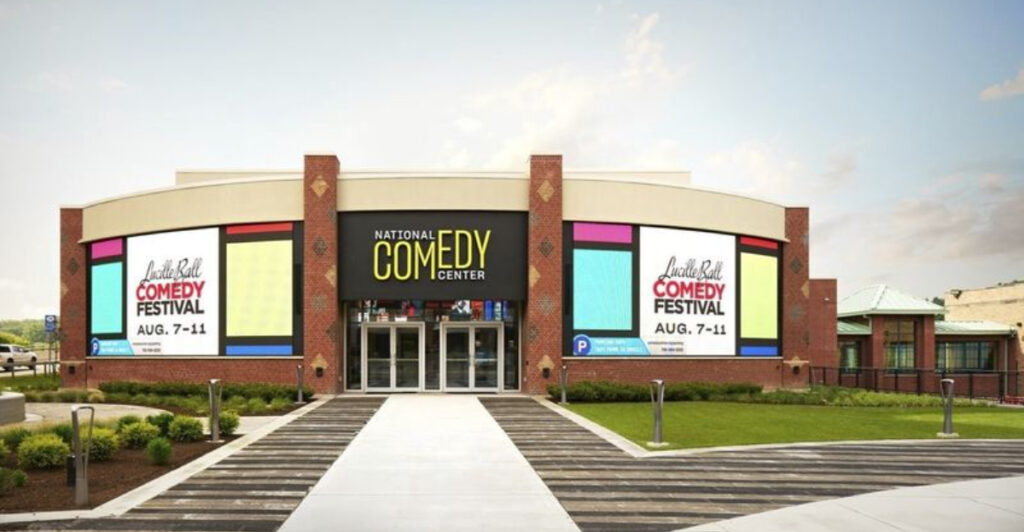Abandoned train stations across America tell stories of a golden age when railroads connected every corner of the country. Many of these beautiful buildings sat empty for decades, slowly crumbling as passenger trains disappeared from most routes. Today, creative communities are breathing new life into these architectural treasures, turning them into hotels, museums, restaurants, and cultural centers that honor their railroad heritage while serving modern needs.
1. Salt Lake City Union Pacific Depot – Asher Adams Hotel (Utah)
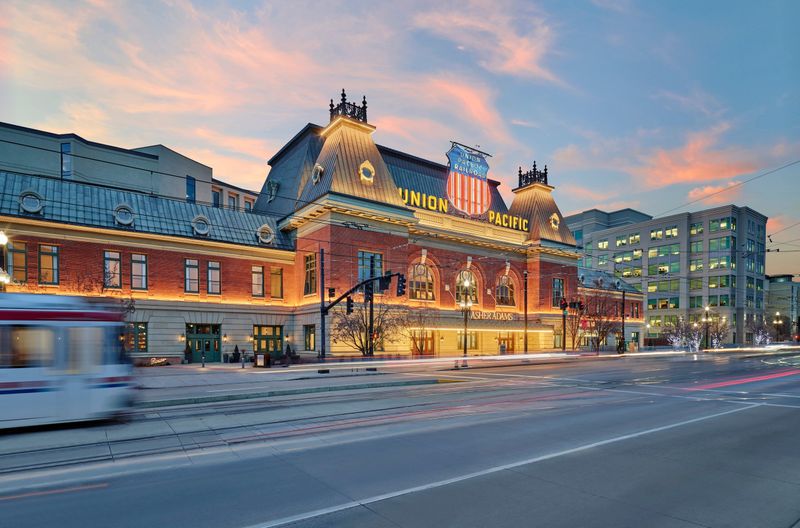
Stepping into the Asher Adams Hotel feels like traveling back to 1908, when this grand depot first welcomed weary travelers. The stunning transformation preserves every original architectural detail while adding modern luxury touches that today’s guests expect.
Original marble floors gleam under carefully restored chandeliers, and the old ticket windows now frame elegant hotel reception areas. Guest rooms blend vintage railroad charm with contemporary amenities like high-speed internet and premium bedding.
Located in downtown Salt Lake City, this boutique hotel proves that historic buildings can successfully compete with modern accommodations when restoration respects the past.
2. Michigan Central Station – Ford Mobility Innovation Hub (Detroit, Michigan)
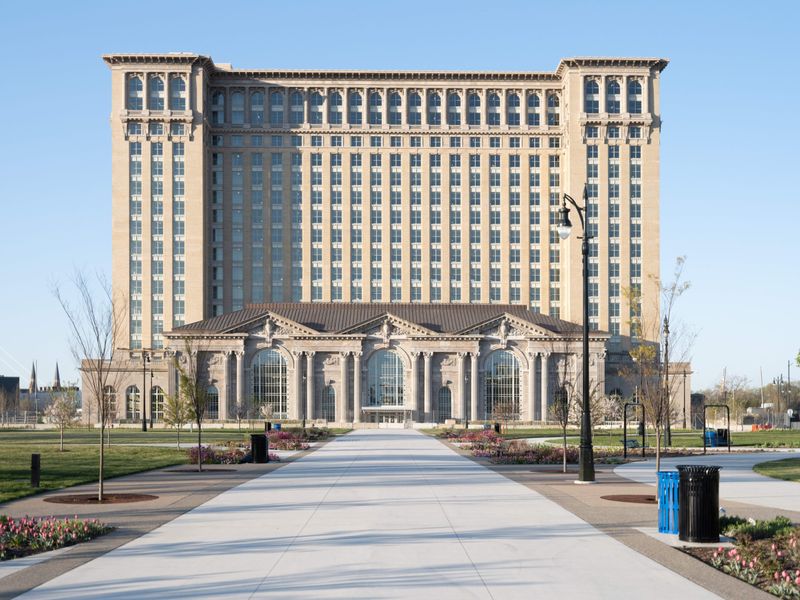
After sitting abandoned for thirty years, Detroit’s most famous landmark finally roared back to life in 2024. Ford Motor Company invested over $740 million to transform this crumbling Beaux-Arts masterpiece into a cutting-edge technology campus.
The eighteen-story building now houses thousands of employees working on electric vehicles, autonomous driving, and mobility solutions. Original terrazzo floors and soaring ceilings create inspiring workspaces where innovation meets history.
This project sparked major revitalization throughout Detroit’s Corktown neighborhood, proving that saving historic buildings can transform entire communities. The station’s rebirth symbolizes Detroit’s own comeback story.
3. Memphis Central Station – Arts District Hub (Tennessee)

Music flows through Memphis Central Station once again, though now it’s jazz and blues instead of train whistles. Built in 1914, this elegant station anchors the city’s thriving arts district with year-round cultural programming.
The main waiting room hosts concerts, art exhibitions, and community festivals that draw visitors from across the Mid-South. Original architectural features like stained glass windows and ornate plasterwork provide stunning backdrops for performances.
Local artists rent affordable studio spaces in former railway offices, creating a vibrant creative community. The station’s transformation helped revitalize surrounding blocks with new restaurants, galleries, and entertainment venues.
4. Jamestown Station – National Comedy Center (New York)
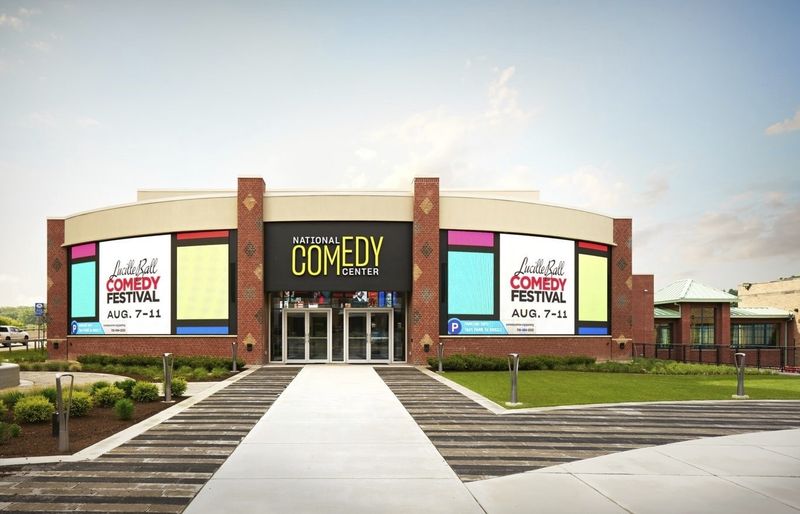
Laughter echoes through America’s oldest surviving train station, built way back in 1860. The Jamestown depot found new purpose as part of the National Comedy Center, honoring the town’s most famous son, Lucille Ball.
Visitors can catch buses to explore comedy landmarks throughout the area, making the station a transportation hub once again. Interactive exhibits inside showcase the evolution of American humor from vaudeville to viral videos.
The Gothic Revival architecture creates an unexpectedly elegant setting for comedy history. Original wooden beams and brick walls display vintage photographs and memorabilia from legendary performers who might have passed through these very halls.
5. Oberlin Depot – Community Center (Ohio)

Community spirit thrives in Oberlin’s beautifully restored 1867 depot, where Gothic Revival meets small-town hospitality. The building’s distinctive Italianate features make it one of Ohio’s most photographed former train stations.
Local families gather here for everything from wedding receptions to high school graduations. The main hall’s soaring ceilings and original hardwood floors create perfect spaces for celebrations and educational programs.
Children attend summer camps where they learn about railroad history while playing in the same rooms where passengers once waited for trains. The depot’s transformation shows how historic preservation can strengthen community bonds across generations.
6. Brooksville Train Depot – Historical Museum (Florida)
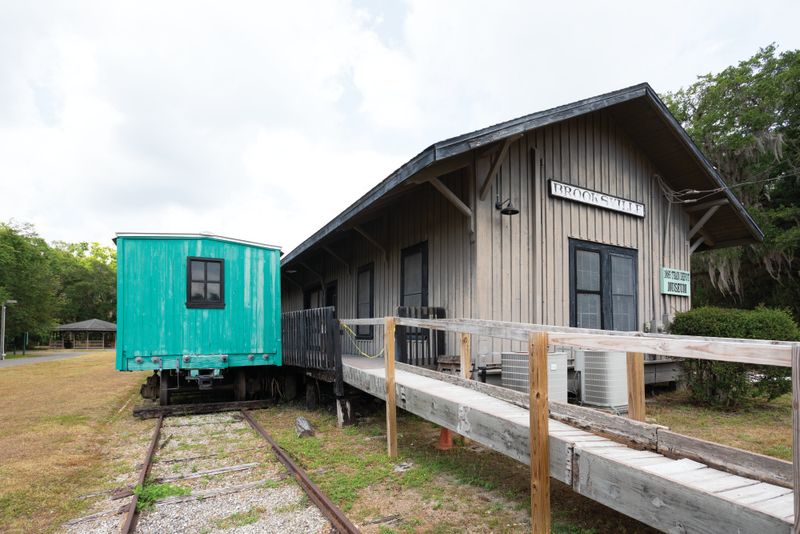
Railroad artifacts and local treasures fill every corner of Brooksville’s charming 1885 depot museum. Vintage luggage, telegraph equipment, and conductor uniforms transport visitors back to Florida’s railroad boom years.
The museum’s crown jewel is a fully restored caboose parked alongside the original platform. Children love climbing aboard to experience how railroad crews lived and worked during long journeys across the state.
Restored in 1991, the depot maintains its original Victorian-era charm with period-appropriate paint colors and authentic furnishings. Monthly events include model train shows and historical reenactments that bring the past to life for new generations.
7. Monrovia Santa Fe Depot – Restaurant Venue (California)
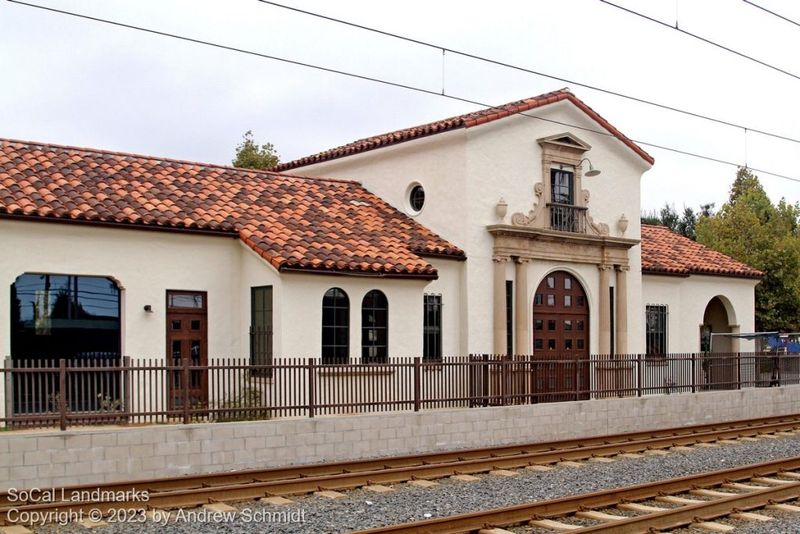
Delicious aromas replace the scent of coal smoke at Monrovia’s transformed 1887 Santa Fe depot. This popular restaurant preserves the building’s original Mission Revival architecture while serving modern American cuisine.
Diners sit where passengers once waited for trains to Los Angeles, surrounded by restored wooden benches and vintage railroad memorabilia. The old freight room now houses a bustling kitchen that serves hundreds of meals daily.
Original tile work and exposed beam ceilings create warm, inviting spaces for family dinners and special celebrations. The restaurant’s success proves that adaptive reuse can honor history while meeting contemporary community needs.
8. Kelso Depot – Mojave National Preserve Visitor Center (California)

Desert winds whisper through the restored 1923 Kelso Depot, now welcoming nature lovers instead of railroad passengers. This Spanish Colonial Revival gem serves as the gateway to California’s vast Mojave National Preserve.
Interactive exhibits inside explain the desert’s unique ecosystem, from Joshua trees to desert tortoises. The old baggage room displays artifacts from the area’s mining and railroad history.
Park rangers use the former ticket office to help visitors plan adventures across 1.6 million acres of pristine desert wilderness. The depot’s air conditioning provides welcome relief for travelers exploring this harsh but beautiful landscape.
9. Trident Depot – Railroad and Heritage Center (Montana)
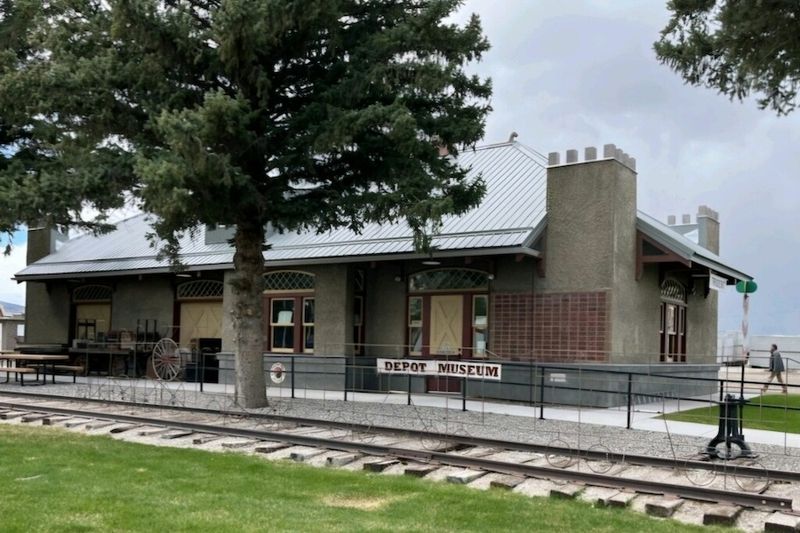
Big Sky country surrounds the early 1900s Trident Depot, where Montana’s railroad heritage comes alive through engaging exhibits and educational programs. The building’s simple but sturdy construction reflects the practical needs of frontier railroading.
Vintage photographs show how trains connected isolated ranching communities to markets across the country. Original telegraph equipment demonstrates how depot agents coordinated train movements across vast distances.
School groups regularly visit to learn about Montana’s transportation history and the vital role railroads played in settling the American West. The center’s programs help young people understand how their communities developed.
10. Broken Symmetry Depot – Brewery (Connecticut)

Craft beer flows where steam engines once hissed at Connecticut’s unique Broken Symmetry Depot brewery. The early 1900s building’s industrial character perfectly complements the brewing equipment that now fills the former freight areas.
Original brick walls and wooden floors create a warm, welcoming atmosphere for beer enthusiasts and history buffs alike. The old platform serves as an outdoor seating area where customers can enjoy locally brewed ales.
Monthly events include live music and food trucks that draw crowds from throughout the region. The brewery’s success shows how creative entrepreneurs can transform forgotten buildings into thriving community gathering places.

